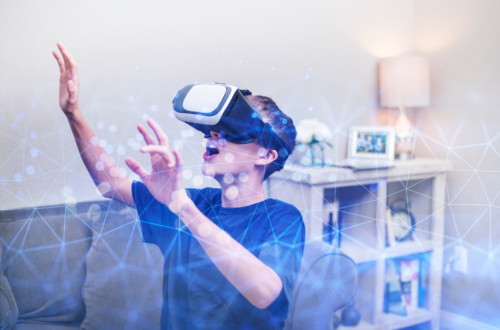
Virtual Reality (VR) is an innovative technology increasingly used in education, particularly in STEAM (Science, Technology, Engineering, Arts, and Math) instruction. A recent study in Nature Communications highlights the potential benefits of using VR in STEAM education, specifically in enhancing spatial learning and creativity.
Incorporating VR technology into your lesson plans can give your students/children an immersive and engaging learning experience. For example, you could use VR simulations to teach students about physics principles, such as gravity and motion, or to explore the complexities of engineering design.
One exciting development in VR technology is the addition of odors to VR headsets. This innovation allows users to experience scents corresponding to their virtual environment, further immersing them in the experience. This could be especially useful in STEAM instruction, as students could experience the smells associated with different settings, such as the scent of plants in a rainforest or the smell of burning fuel in a rocket launch.

In addition to enhancing the immersive experience, adding odors to VR headsets has potential environmental benefits. For example, researchers could use VR simulations to study the effects of pollution on different environments and the corresponding changes in odor.
Overall, VR technology has immense potential for STEAM education, and adding odors to VR headsets is a fascinating innovation that could further enhance the immersive experience for students.
read the full article here